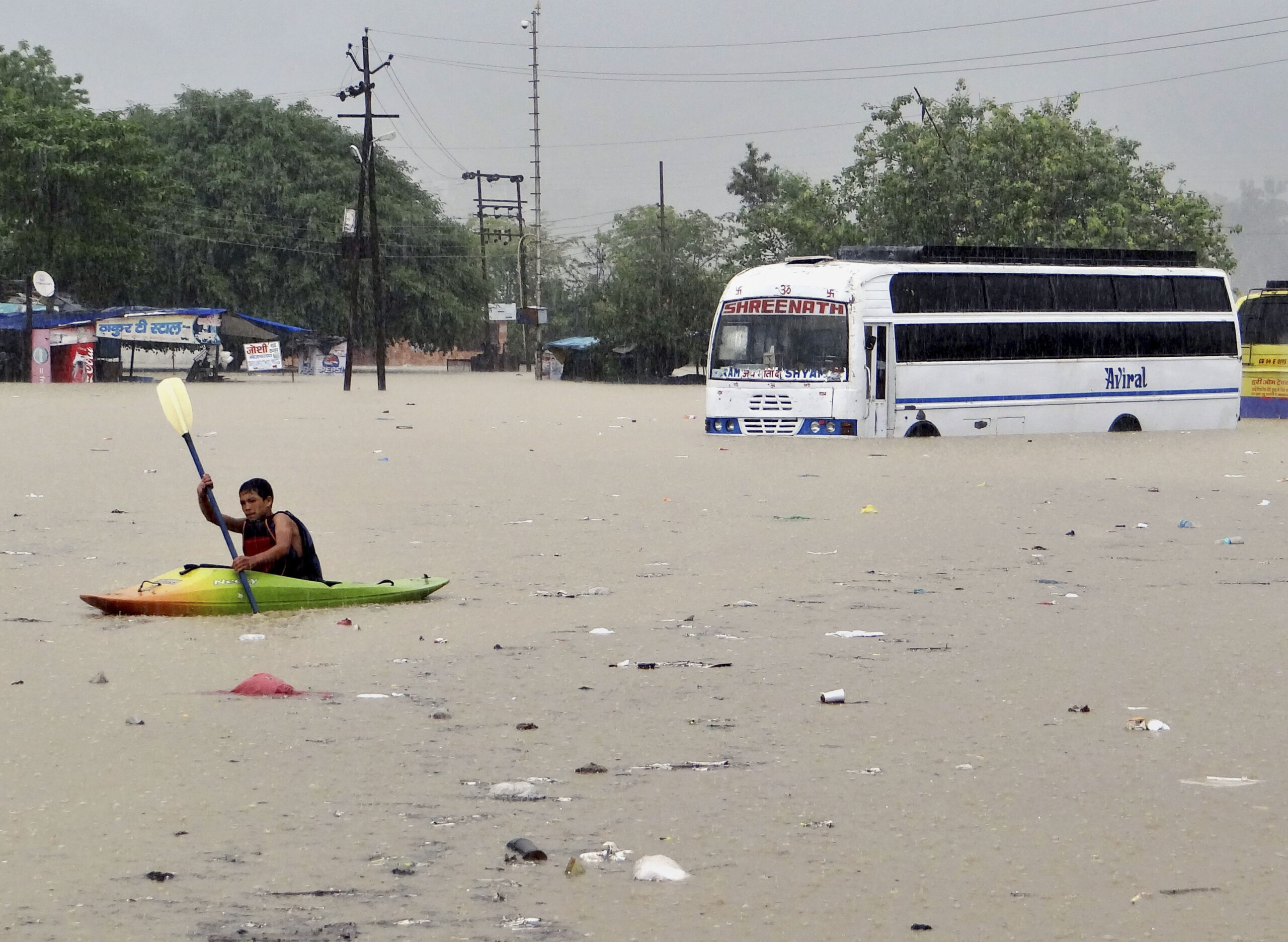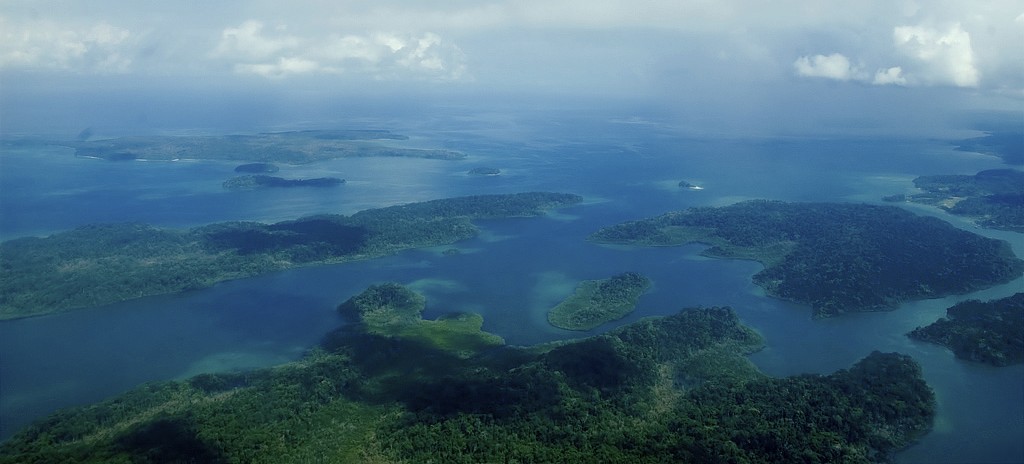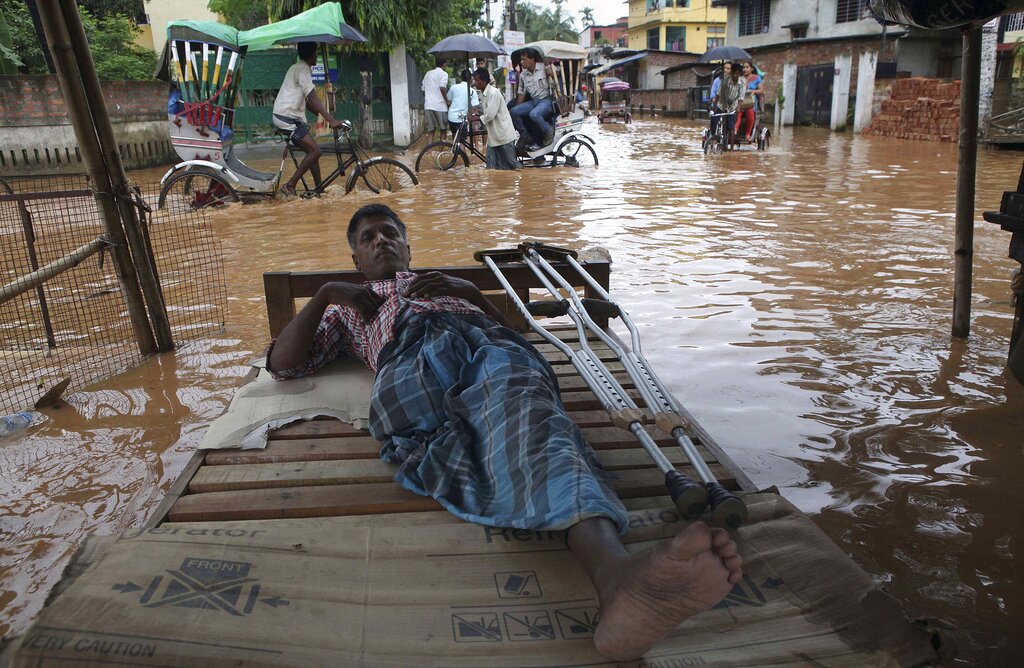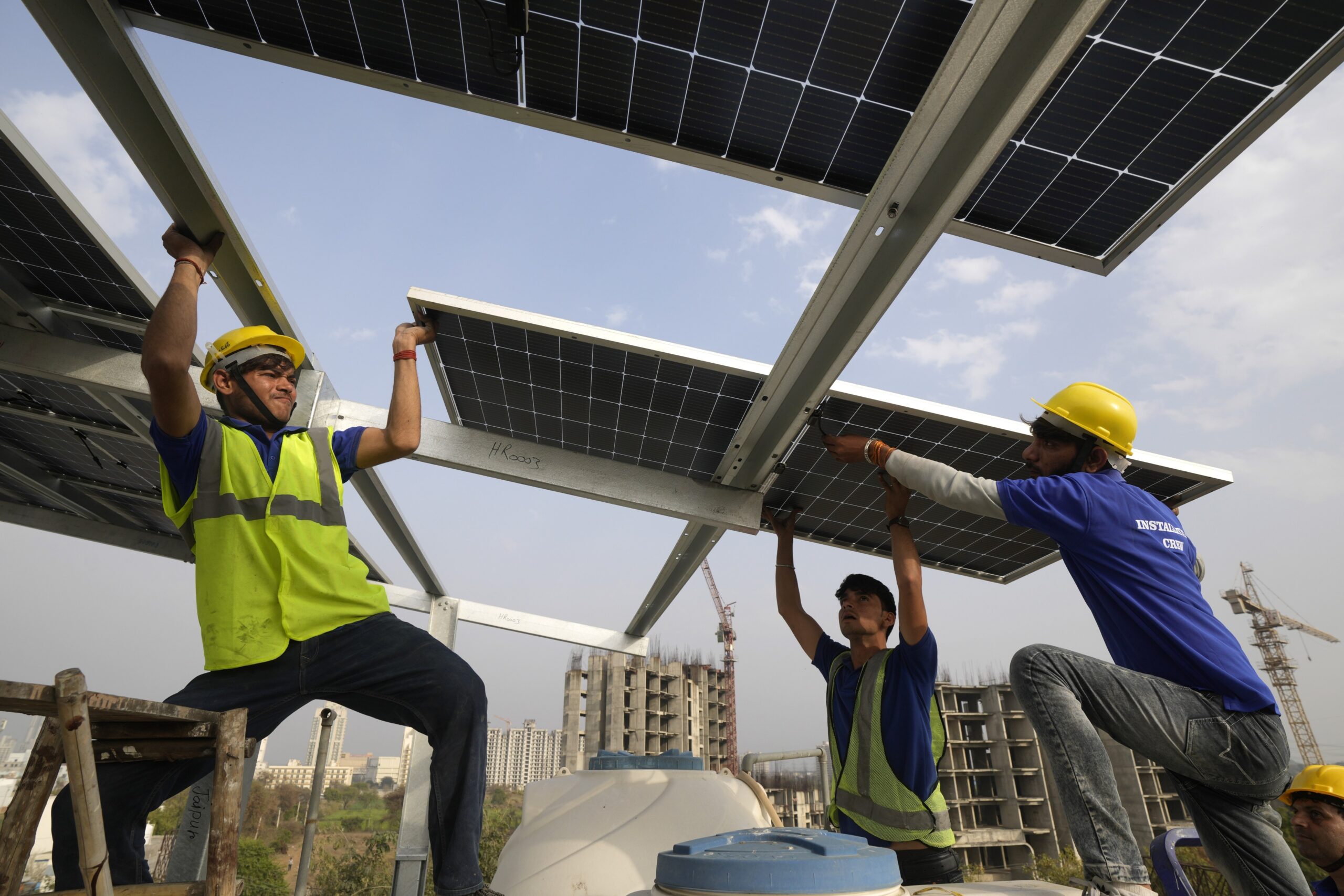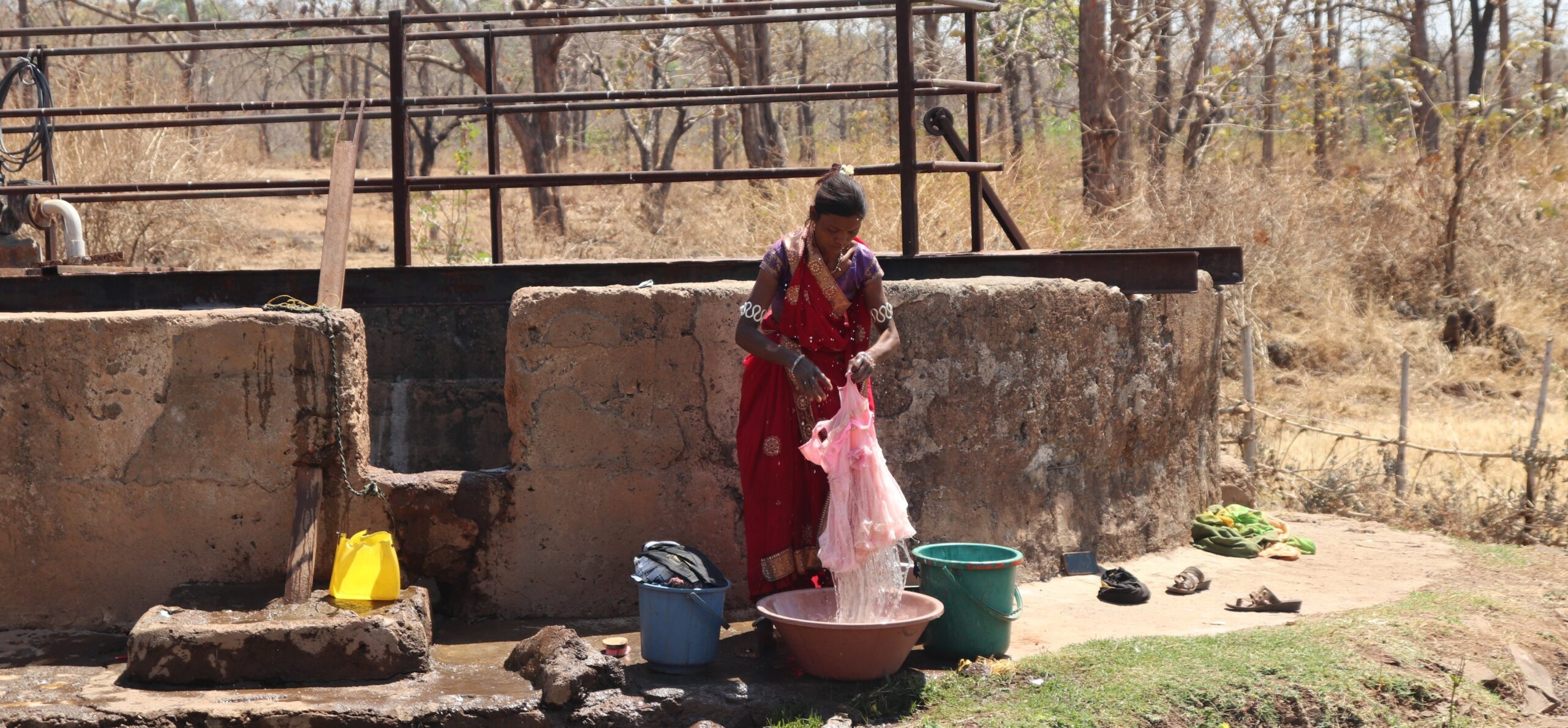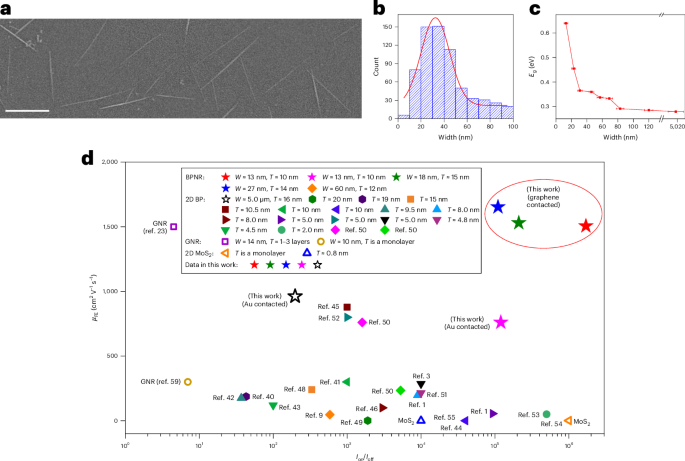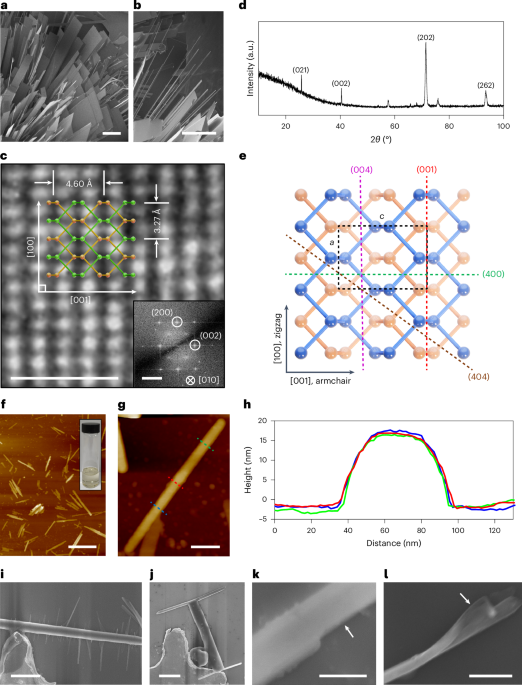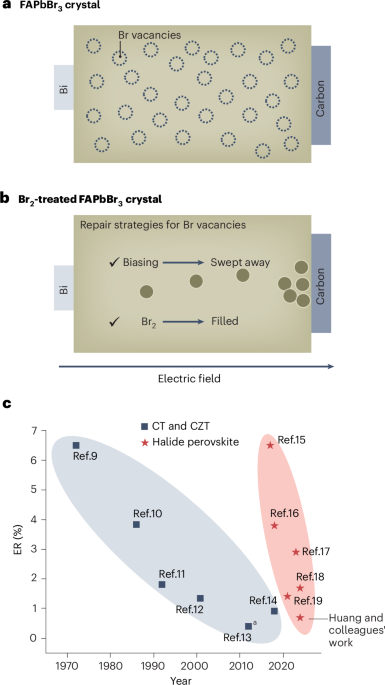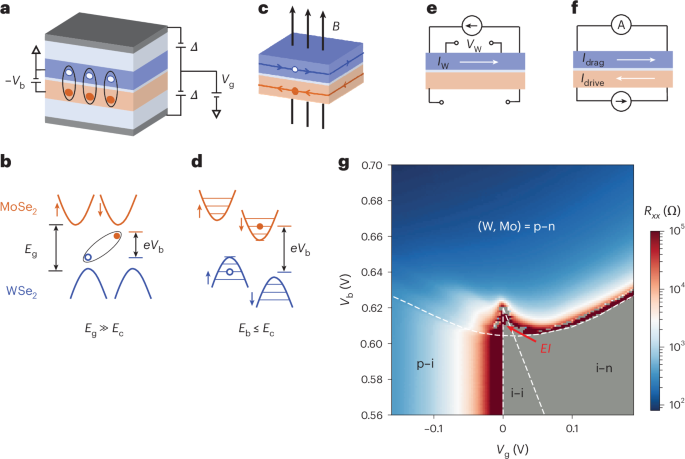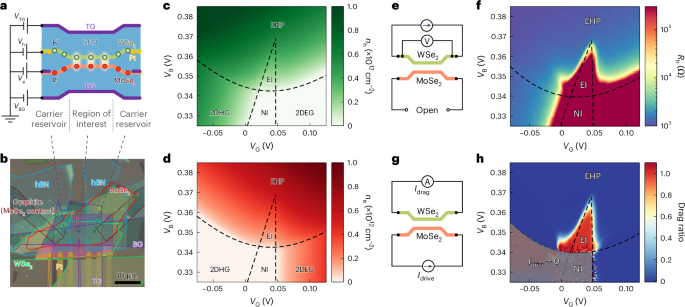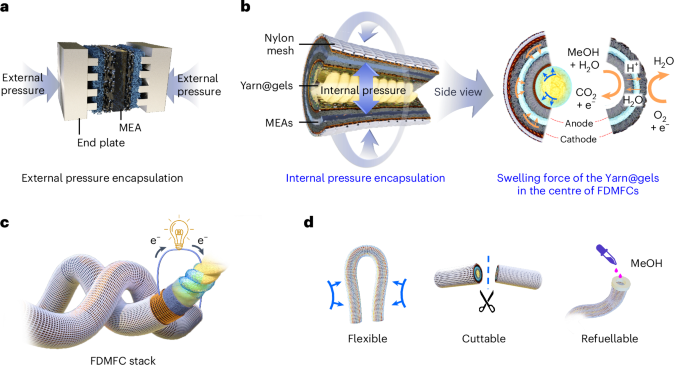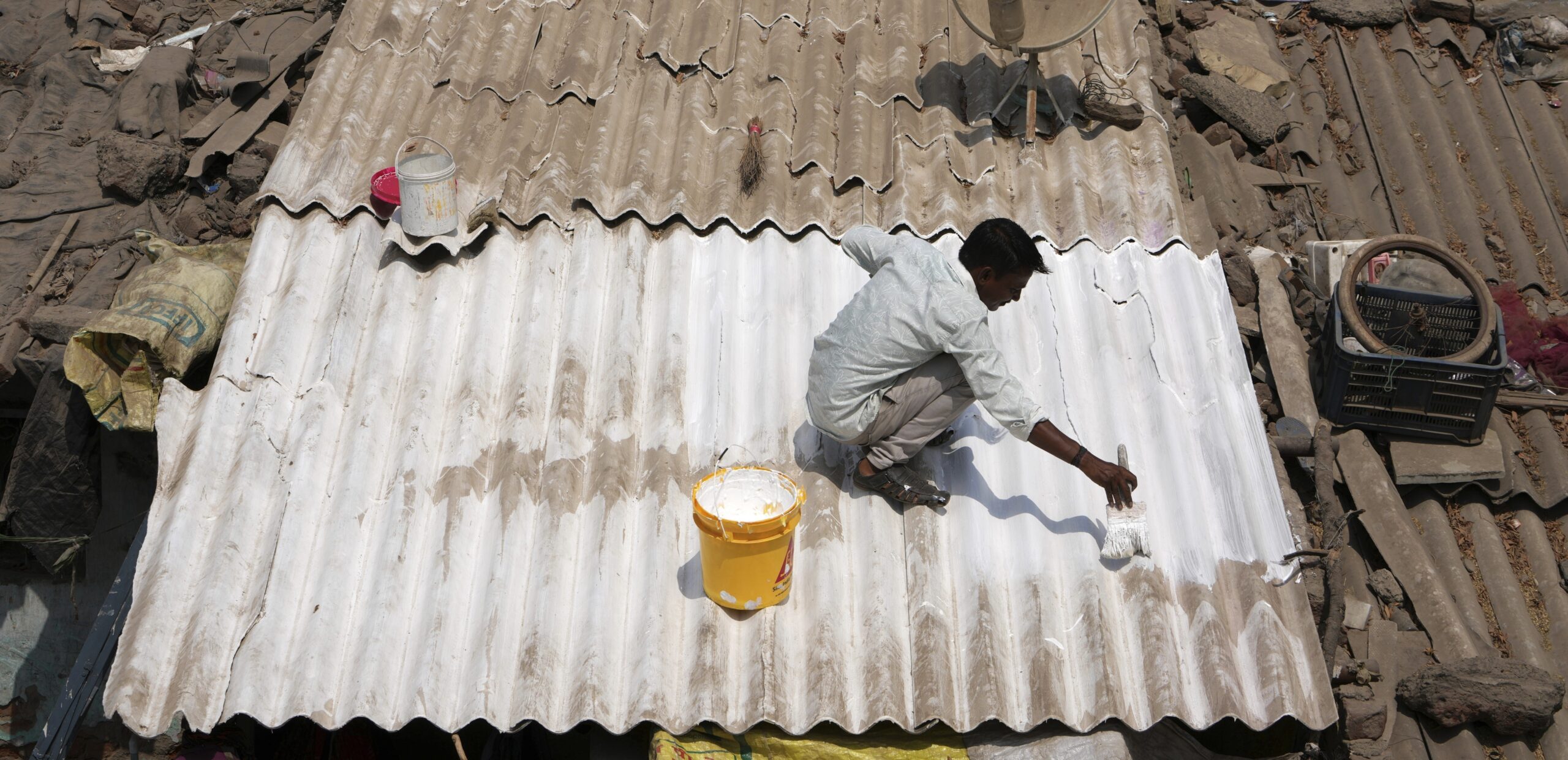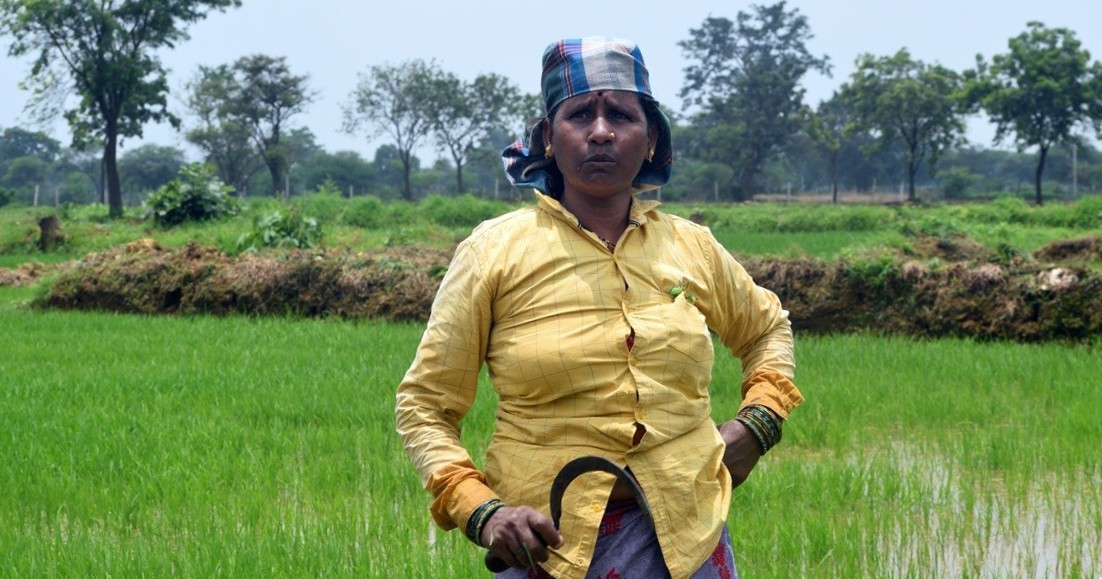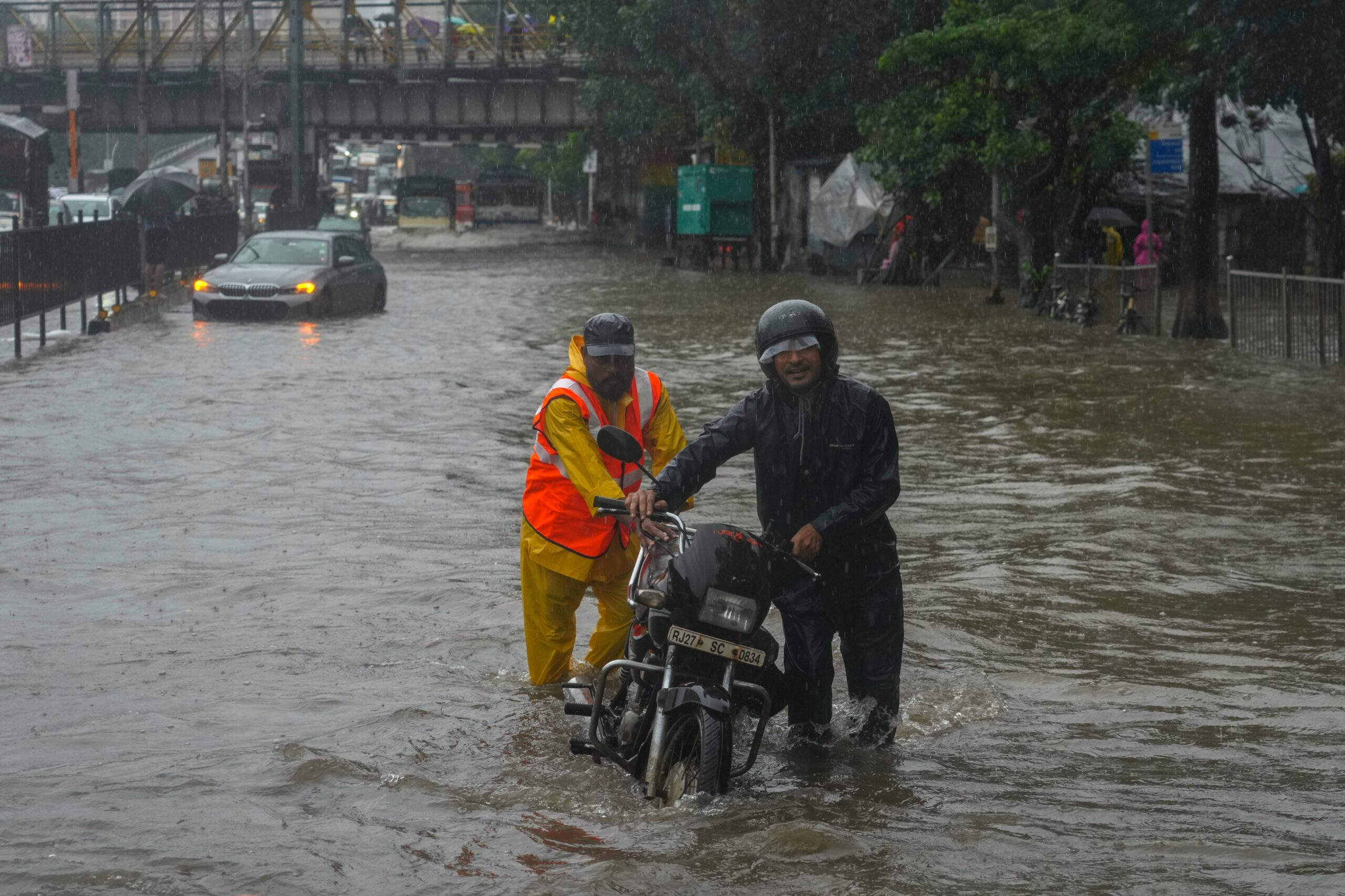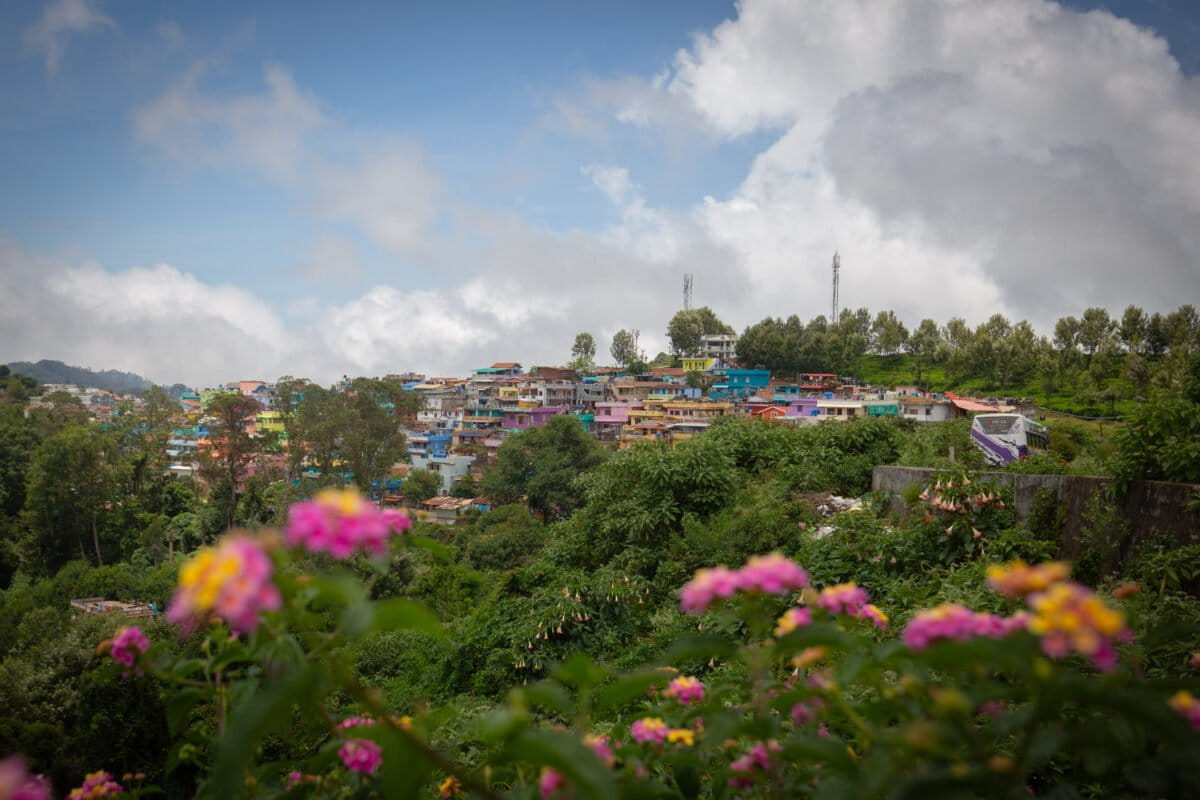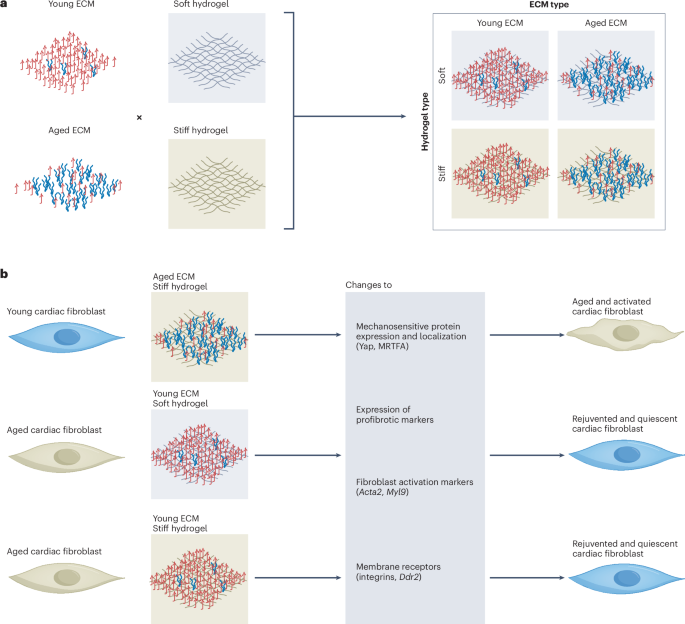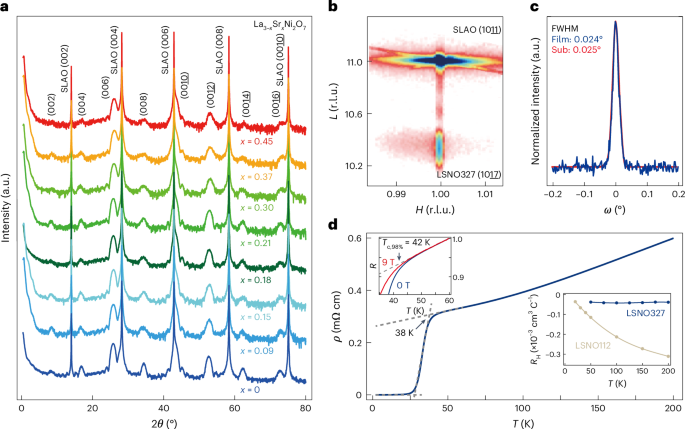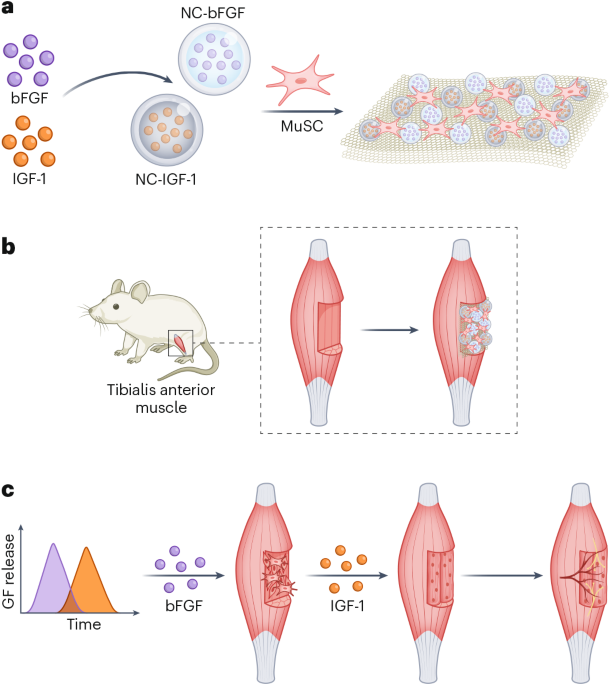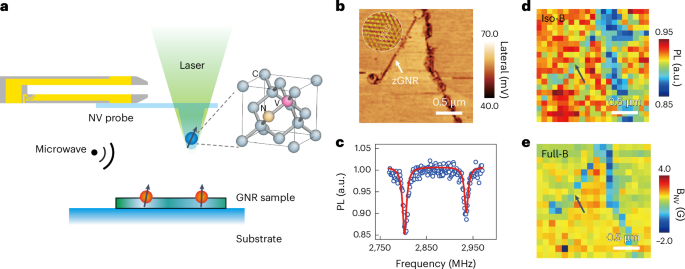
India has achieved 50% of its installed power capacity from non-fossil fuel sources, five years ahead of target set in the Nationally Determined Contributions (NDCs), the government of India announced on July 14.
As of June 30, India’s total installed electricity capacity was 484.82 GW, comprising 242.04 GW (49.9%) from thermal energy sources and 242.78 GW (50.1%) from non-fossil sources, including renewables, large hydro, and nuclear power.
At the COP26 climate conference in 2021, India had announced its goal of achieving 50% of its cumulative electricity capacity from non-fossil fuel resources by 2030, under its NDC targets. Other goals include installing 500 gigawatts (GW) of non-fossil electricity capacity, reducing projected carbon emissions by one billion tonnes, and reducing the emissions intensity of its GDP by 45%, also by 2030.
In response to the announcement of achieving 50% capacity through non-fossil fuel sources, Prime Minister Narendra Modi wrote on the social media platform X (formerly Twitter), “This illustrates India’s commitment and efforts towards building a green and sustainable future.”
The press release announcing the achievement lists government schemes that have played a role in achieving the 50% goal. “This achievement reflects the success of visionary policy design, bold implementation, and the country’s deep commitment to equity and climate responsibility. Flagship programmes such as PM-KUSUM, PM Surya Ghar: Muft Bijli Yojana, solar park development, and the National Wind-Solar Hybrid Policy have laid a strong foundation for this transformation,” it said.
The press release noted that these initiatives have not only helped in decarbonising energy sector but have also delivered widespread co-benefits which include enhanced energy access, employment generation, reduced air pollution and better public health outcomes.
It also underlined India’s low per capita energy consumption and its relatively limited contribution to global emissions. “Despite having one of the lowest per capita emissions globally, India remains among the few G20 countries that are on track to meet—or even exceed—their NDC commitments,” the release said.
“The next phase of India’s energy transition must prioritise quality, equity, and resilience in clean energy access. Key focus areas include doubling per capita clean electricity consumption,” according to the press release.
India is supposed to submit its new and more ambitious NDC in 2025.
Banner image: A wind-solar hybrid energy system installed at Mumbai airport. Image by WindStream Energy Technologies PVT LTD via Wikimedia Commons (CC BY 4.0).










